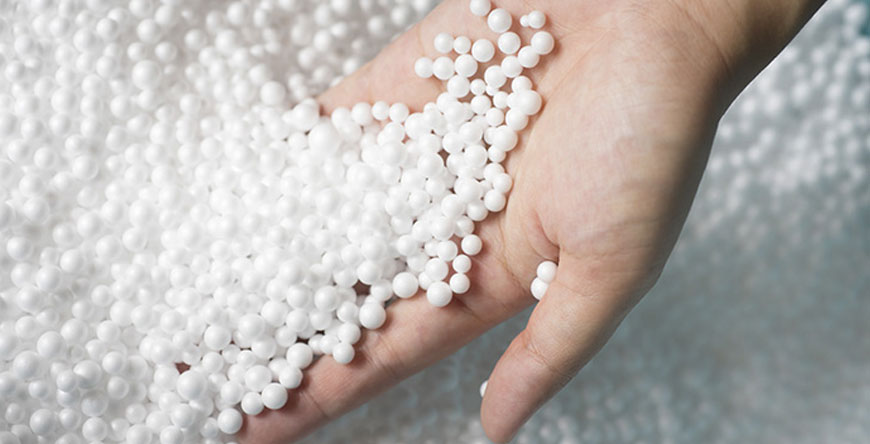
What is Urea Fertilizer?
Urea fertilizer is a white, water-soluble fertilizer with the highest nitrogen content in the nitrogenous fertilizer category. It meets the nitrogen needs of plants from the soil and leaves. Its chemical formula is CO(NH2)2 - 46% N. It is an amide fertilizer type because the nitrogen in its structure is in the form of NH2 and it contains carbon. Although it is in a form that is easily soluble in water, the nitrogen it contains is not immediately absorbable by plant roots. The urea bacteria in the soil must convert the urea into ammonium nitrogen form by enzymatic reaction in order for the nitrogen in it to react with the plant. In order for this to happen, the temperature of the soil and the amount of urea bacteria in the soil play a very important role. For such reasons, urea fertilizer is in the slow-acting fertilizer group.
What are the Benefits of Urea Fertilizer?
Since urea fertilizer is not flammable when stored, it does not pose a risk in warehouses, and it does not harm the crop with its neutral pH feature and these properties can be shown as examples for preferring urea fertilizer. Urea fertilizer accelerates the development of plants, it is nutritious and effective in root development. Urea fertilizer, which plays an important role in fruit and grain development, is considered as the main support especially in grain and corn planting. The most basic feature for choosing urea fertilizer is its high agricultural value. Another purpose of using urea fertilizer is that it dissolves quickly in water and is applied in a practical way. In terms of cost, if urea fertilizer is evaluated over its nitrogen unit, it is preferred as it is produced at lower cost.
How is Urea Fertilizer Applied?
When urea fertilizer is thrown into the soil, bacteria in the soil break down the fertilizer and make it useful. During this process, when urea is applied as top fertilizer, nitrogen loss is observed as a result of the evaporation of the ammonium contained in the urea fertilizer remaining on the top of the soil. Apart from this method of application, it is more beneficial to apply directly to the roots of the plants or under soil without contacting the seeds. In very low temperatures, the soil freezes and it becomes difficult for urea to mix with the soil and its productivity decreases. Therefore, the temperature should be between 15 - 20 ° C when applying urea fertilizer. While applying urea fertilizer, it can be applied to the roots through drip irrigation or to the leaves by spraying.
How is Urea Fertilizer Stored?